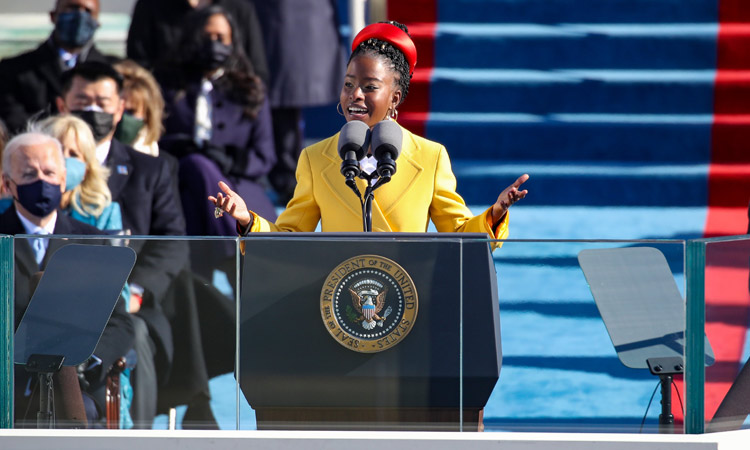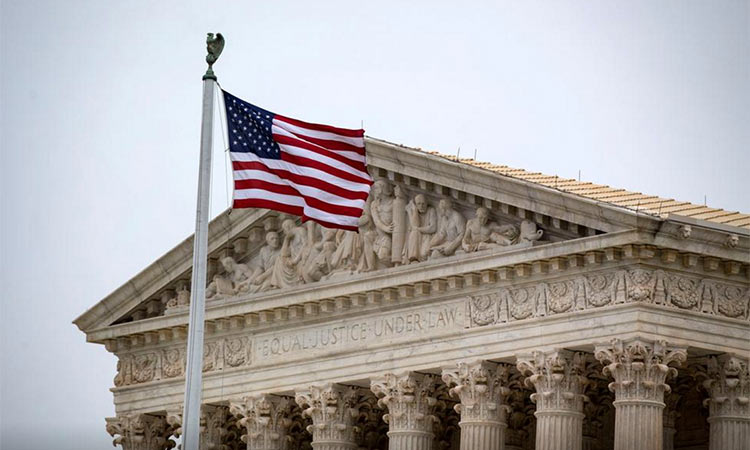Swing states, key to victory

Largely populated states can act as key electoral victories, or losses. Reuters
Alex Woodward, The Independent
Voting is underway across the US ahead of Election Day, as millions of American voters cast ballots for dozens of candidates in local and federal elections.
In the presidential election, voters select their candidates on their ballots, but their votes only indirectly support the election of their pick. The Electoral College — a body of 538 electors from each state and Washington DC — convenes to select the presidential and vice presidential candidates. When their votes reach a majority (270 votes), that candidate is declared the winner.
In 2016, more than 65 million voters cast ballots for then-candidate Hillary Clinton, three million more than Donald Trump. But she lost the Electoral College vote, collecting only 227 to Trump’s 304 electoral votes.
A state is allocated one elector for each of its members in the US House of Representatives (which has 435 seats) and in the Senate (which holds 100). States with small populations – like Alaska, Delaware, Vermont, Wyoming, North Dakota and Montana — have fewer Congressional seats, thus fewer electors. Washington DC, which has no Congressional representation, also has three electors.
That means largely populated states can act as key electoral victories, or losses — large electoral vote states like California and New York, reliably “safe” Democratic states, can guarantee as many as 84 electoral votes combined.
But several so-called swing states, or battleground states, are less predictable — campaigns often spend disproportionately more time, and money, in a handful of states that could tilt the balance.
In the 2020 race between incumbent Trump and Democratic challenger Joe Biden, several states — including some that president Trump won in 2016 — have emerged as key battlegrounds that election analysts have argued must be won by the candidate to win the presidency.
Combined, a handful of swing states hold nearly half of the Electoral College votes needed to secure a victory.
Polls in 2020 show a closer race in states that the president carried in 2016, though Democrats are hesitant to declare premature victory for the former vice president after optimistic polls in 2016 failed to glimpse Trump’s stunning victories, flipping states that voted for Barack Obama in 2012.
The former vice president is leading national polls overall within weeks of Election Day, as millions of voters begin casting ballots.
2020 swing states: 107 Electoral College votes are at stake in these key battlegrounds
In 2016, Trump squeezed ahead of candidate Clinton by razor-thin margins in Michigan and Pennsylvania, two states that had not voted for a Republican president since George HW Bush in 1988.
He also won in Wisconsin, which had not voted for a Republican since 1984. Michigan casts 16 Electoral College votes, Pennsylvania has 20 and Wisconsin has 10.
His campaign intends to repeat its path to victory through a combination of wins in crucial battleground states and reliable Republican stronghold states.
The president won in Florida in 2016, grabbing a sizable 29 Electoral College votes, the nation’s largest swing state. Obama won the state in 2012 and 2008, though Republican George W Bush carried it in 2004 and, infamously, in 2000 by just 537 votes after a massive recount effort that delayed results of the election for weeks.
Several other potential toss-up states that voted for Trump in 2016 have emerged in the 2020 race, including Arizona and North Carolina.
The unprecedented 2020 election also has turned at least one Republican stronghold into a potential swing state — neck-and-neck polling in Georgia, a state that has not voted Democratic since 1992, has prompted most election forecasters to declare the state a toss up. Georgia holds a valuable 16 electoral votes.
Democrats also are vying for Texas, a longshot state that has not voted Democratic since Jimmy Carter was elected in 1976, though it holds a massive share of 38 Electoral College votes.
Perennial battleground states Ohio and Iowa — both of which went to Trump in 2016 — are tracking for a repeat victory.
No Republican candidate had won the presidency without Ohio, and Trump’s Rust Belt victories scorched long-held Democratic alliances through the Midwest.
But 2020’s tight race and Biden’s strong polling has put those states back on the battlefield map.







